High-Protein Breakfast Ideas for All-Day Energy
Ali Segersten Sep 08, 2025
Starting your day with enough protein is one of the simplest ways to transform your energy, focus, and mood. When breakfast is mostly carbs (toast, cereal, fruit juice), blood sugar rises quickly and then crashes mid-morning, leaving you tired, foggy, and craving sugar or caffeine.
Instead, beginning your day with protein, healthy fats, and fiber slows digestion, keeps blood sugar balanced, and supports a healthy cortisol rhythm—helping you avoid the blood sugar roller coaster that drains your energy. Protein in the morning also provides the amino acids needed to make neurotransmitters like serotonin, dopamine, and GABA, which support focus, mood, and calm energy.
Aim for 25 to 35 grams of protein at breakfast to fuel brain power, muscle repair, and hormone health. This is especially important if you’re working on blood sugar balance, reducing cravings, or supporting healthy weight loss.
How Protein Affects Cortisol
Protein at breakfast helps support a healthy cortisol rise in the morning, giving you the energy and focus you need to start the day. This natural rise—called the cortisol awakening response—should peak shortly after waking and then gradually taper off by evening.
A high-protein breakfast helps stabilize blood sugar and prevent mid-morning crashes, which keeps cortisol from spiking unpredictably later in the day. For those struggling with low cortisol or fatigue, pairing 25 to 35 grams of protein with a small amount of slower burning carbs (like berries or veggies) can gently encourage a balanced rhythm.
By contrast, starting the day with a high-carb breakfast—especially refined carbs like toast, cereal, or fruit juice—can blunt the natural cortisol rise even further. This can leave you feeling more sluggish, foggy, and craving sugar or caffeine just a few hours later. Therefore, if you struggle with low cortisol, try consuming a high-protein, healthy fat, and lower carb breakfast within two hours of waking. This is part of the solution to balancing cortisol and increasing your energy.
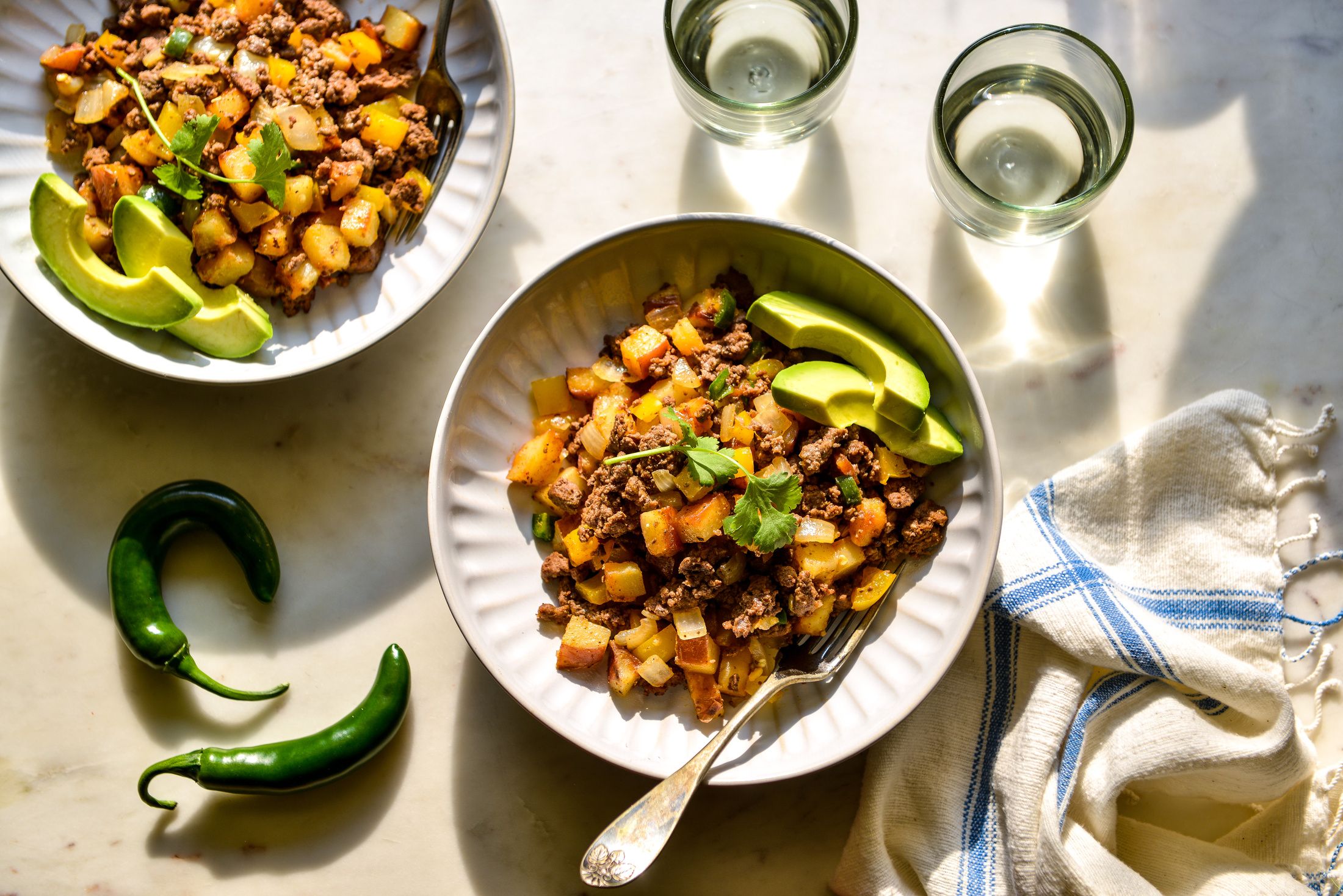
High-Protein Breakfast Building Blocks
Starting your day with enough protein doesn’t have to be complicated—it just takes a few intentional choices. These breakfast building blocks show you exactly what 25 to 35 grams of protein looks like and how to put it together in a delicious, balanced way. Use them as blueprints to mix and match ingredients, stay full longer, and set a steady foundation for energy and focus all morning.
Eggs & Egg Dishes
Omelets, scrambles with veggies, poached eggs over greens, or baked frittatas are classic ways to get a protein-rich start. Eggs also provide choline—essential for brain and liver health—and sulfur-containing amino acids that power detoxification.
→ Option 1 (With Dairy): Scramble, fry, or poach 3 eggs (≈18 g protein), add ½ cup cottage cheese (≈14 g), and top with a sliced avocado (≈3 g). This simple combo delivers around 35 g protein—a balanced, satisfying plate that also provides choline, calcium, and healthy fats.
→ Option 2 (Dairy-Free): Cook 3 eggs (≈18 g protein) and serve with ½ cup black beans (≈7.5 g), fresh salsa, sliced avocado (≈1.5 g), and 2 tablespoons toasted pumpkin seeds (≈5 g). This colorful plate provides about 32 g protein plus fiber, magnesium, zinc, and healthy fats to keep you full and energized all morning.
Protein Smoothies
Blend clean protein powder, collagen peptides, or free-form amino acids into a smoothie with nut butter, chia seeds, and berries. Smoothies are a quick way to front-load protein on busy mornings.
→ Here’s how to do it: Blend 1 scoop protein powder (≈20 to 25 g) with 1 Tbsp chia seeds (≈2 g), 2 Tbsp nut butter (≈6 to 8 g), ½ cup berries, and 1 peeled orange. You’ll get about 29 to 34 g protein, depending on the protein powder and nut butter you use, plus fiber, vitamin C, and antioxidants.
Yogurt & Cottage Cheese Bowls
Top Greek yogurt or cottage cheese with nuts, seeds, and low-glycemic fruit for a balanced, satisfying breakfast that delivers calcium, probiotics, and a steady supply of amino acids.
→ Here’s how to do it: Start with 1 cup Greek yogurt (≈27 g protein), add 2 Tbsp pumpkin seeds (≈5 g) and 1 Tbsp hemp seeds (≈3 g), then top with fresh berries. This gives you about 36 g protein and a steady stream of amino acids for focus and satiety.
Ground Meat Hashes
Sauté ground turkey, chicken, elk, or beef with your favorite vegetables for a savory, hearty breakfast. Keep it grain-free and low-carb with veggies like zucchini, cabbage, kale, and onions, or toss in leftover quinoa or sweet potatoes for a more filling option. Hashes are one of the easiest ways to get 25 to 35 grams of protein first thing in the morning.
→ Here’s how to do it: Cook 4 oz ground turkey (≈28 g protein) with zucchini, kale, and onions (≈1.5 g), then top with a fried or poached egg (≈6 g). This gives you around 36 g protein in a satisfying, one-pan meal.
Leftovers for Breakfast
Think beyond traditional breakfast foods. Leftover roasted chicken, salmon patties, soups, or a grain-and-veg bowl with added protein can make a perfect savory breakfast.
→ Pro tip: Pair with a simple side, like ½ cup cooked quinoa (≈4 g protein) or a poached egg (≈6 g), to hit your protein target.
Plant-Based Options
For those eating plant-based, try tofu scrambles, tempeh breakfast bowls, chia pudding with added protein powder, or lentil-based breakfast bowls. Rotating sources keeps your meals interesting and ensures you’re covering all essential amino acids.
→ Here’s how to do it: Sauté 1 cup tofu (≈20 g protein) with arugula and roasted veggies (≈2 g), then add 2 Tbsp hemp seeds (≈6.5 g) and ½ cup cooked lentils (≈9 g) for a bowl with about 38 g protein—all from plants.
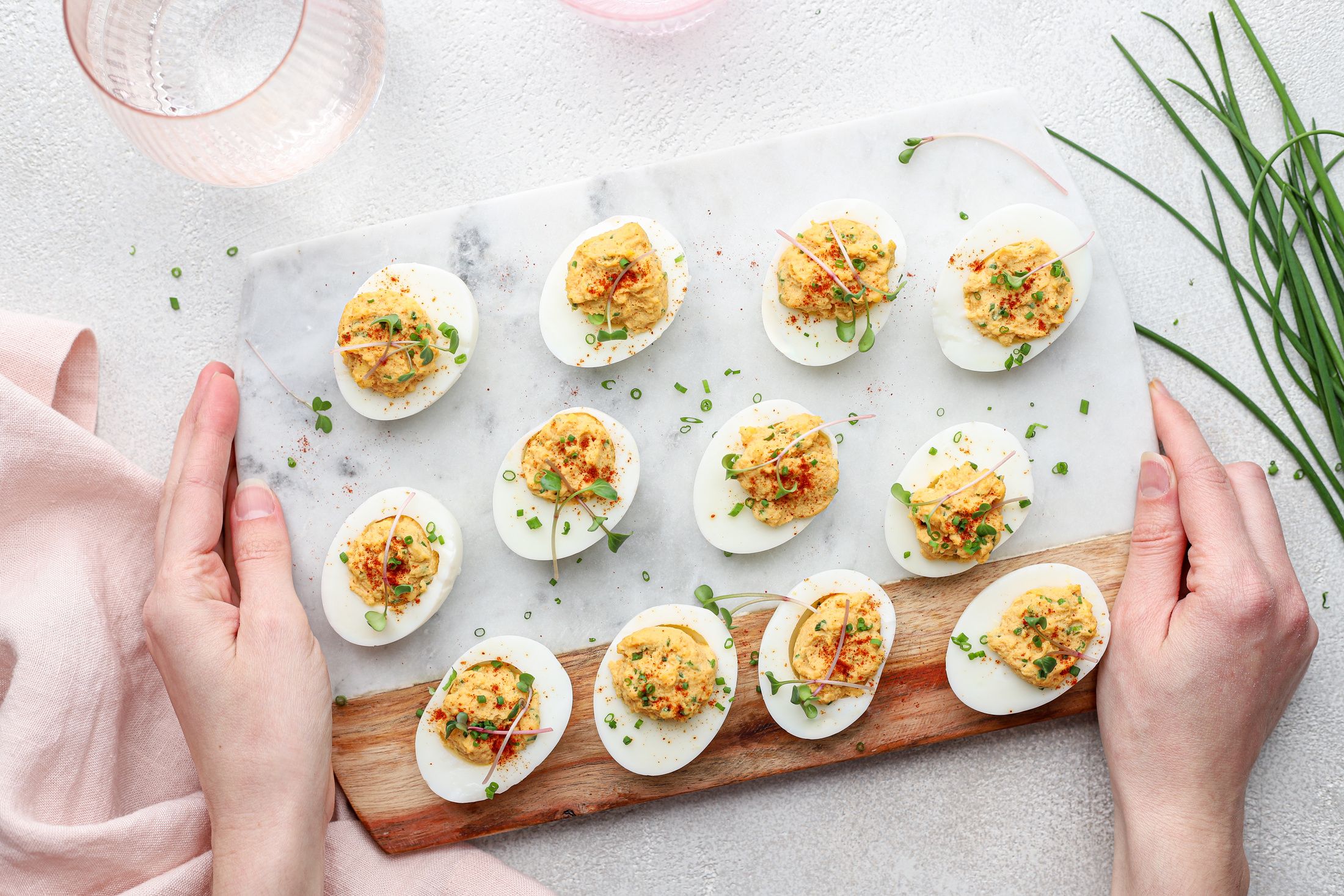
Practical Meal Planning Tips
Prep Ahead for Stress-Free Mornings
Take 30 minutes on Sunday to set yourself up for the week. Hard-boil a dozen eggs, bake a frittata you can cut into squares, or cook a big pan of ground turkey or chicken hash to reheat quickly. Even prepping a jar of chia pudding or overnight oats with added protein powder gives you grab-and-go options that prevent skipped breakfasts.
Build a Protein-Packed Pantry & Fridge
Keep essentials on hand for quick breakfasts—clean protein powders or pure amino acids, collagen peptides, nut butters, hemp seeds, chia seeds, and cottage cheese. Store pre-washed greens, pre-chopped veggies, and cooked grains in the fridge so building a balanced plate takes minutes, not hours.
Mix It Up to Stay Inspired
Variety is key to covering all essential amino acids and micronutrients. Rotate your breakfast types. Think eggs one day, a smoothie the next, yogurt bowl midweek, and a savory hash or leftover dinner bowl on other days. This keeps meals interesting and supports gut diversity.
Think Beyond “Breakfast Foods”
Dinner leftovers make excellent morning fuel—salmon with roasted veggies, lentil soup, or a grass-fed burger patty with avocado. Starting your day with a nutrient-dense meal can feel surprisingly satisfying and eliminate the mid-morning slump.
Use the Meal Planner for Ease
With the Nourishing Meals® Meal Planner, you can filter for nourishing breakfast recipes and slot them into your calendar for the entire week. Then generate a grocery list in one click. This removes decision fatigue and ensures you always have the right ingredients on hand.
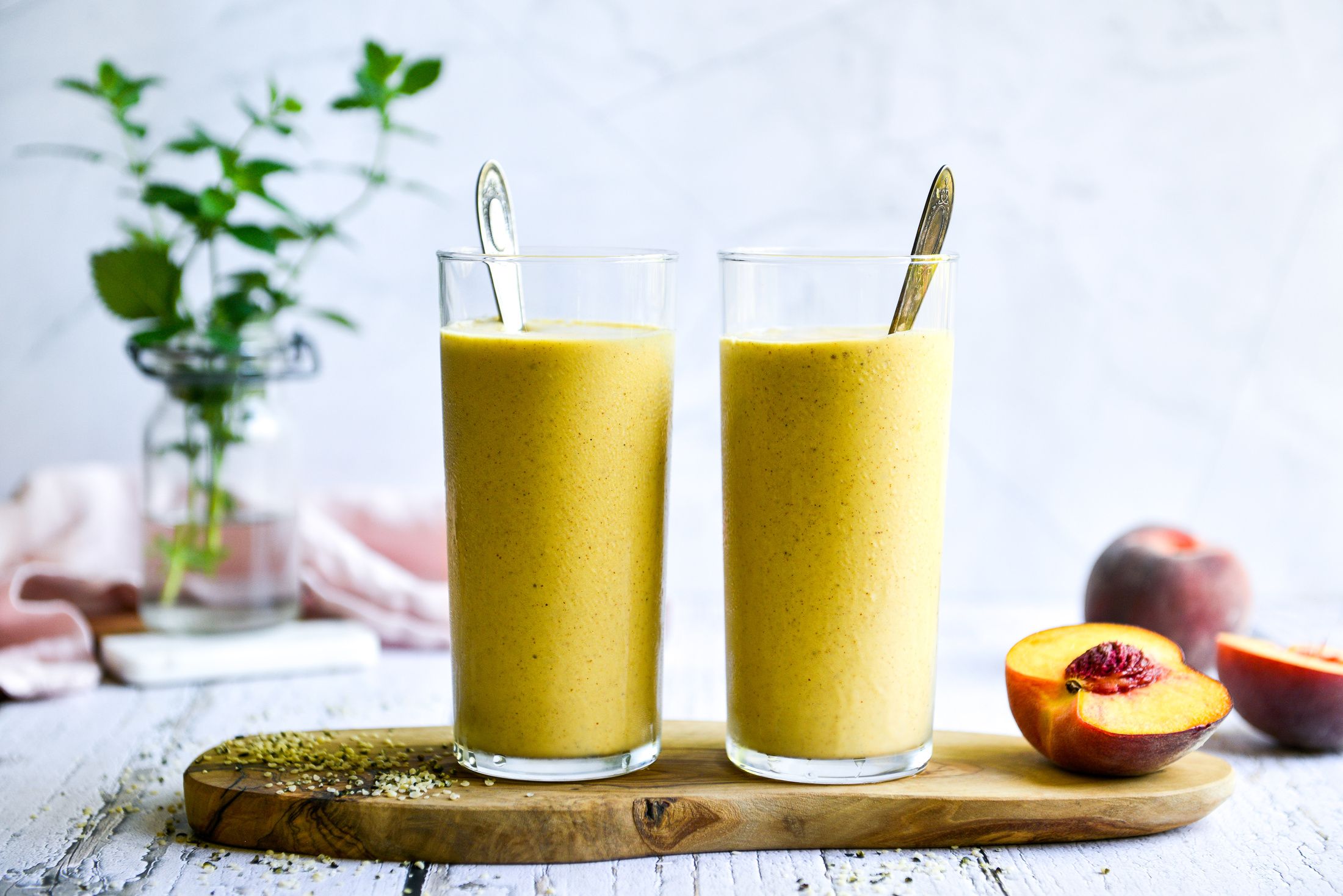
Put It Into Practice
Protein doesn’t have to be complicated, it just needs to be intentional. When you consistently start your day with 25 to 35 grams of protein, you’ll notice balanced energy, fewer cravings, and clearer mental focus all morning long.
Download the Protein Guide PDF for a quick-reference chart showing what 25 to 35 grams of protein looks like from common foods, plus amino acid highlights to support detox, mood, and energy.
Listen to Episode 3: Supercharge Your Breakfast and Increase Your Energy Levels with May Tom, RD, for more practical tips and inspiration.
Learn More: Read Gift #9: Nourish with High-Quality Protein to explore why protein is so foundational for healing and how to use it to transform your health.
Want inspiration? Log in or sign up for the Nourishing Meals® Meal Planner to explore nearly 2,000 recipes and create a week of balanced breakfasts with just a few clicks.

About the Author
Alissa Segersten, MS, CN
Alissa Segersten, MS, CN, is the founder of Nourishing Meals®, an online meal-planning membership with over 1,800 nourishing recipes and tools to support dietary change and better health. As a functional nutritionist, professional recipe developer, and author of The Whole Life Nutrition Cookbook, Nourishing Meals, and co-author of The Elimination Diet, she helps people overcome health challenges through food. A mother of five, Alissa understands the importance of creating nutrient-dense meals for the whole family. Rooted in science and deep nourishment, her work makes healthy eating accessible, empowering thousands to transform their well-being through food.Nourishing Meals Newsletter
Email updates.
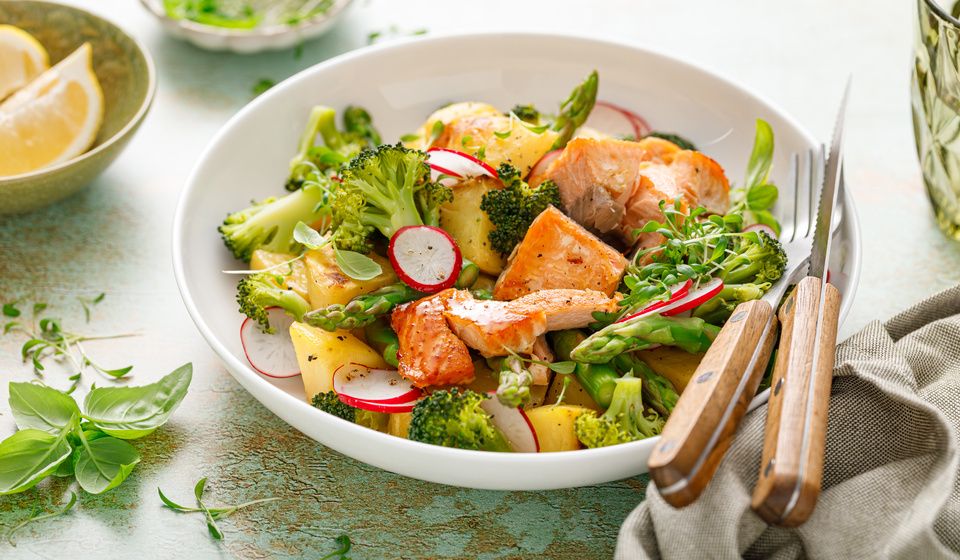
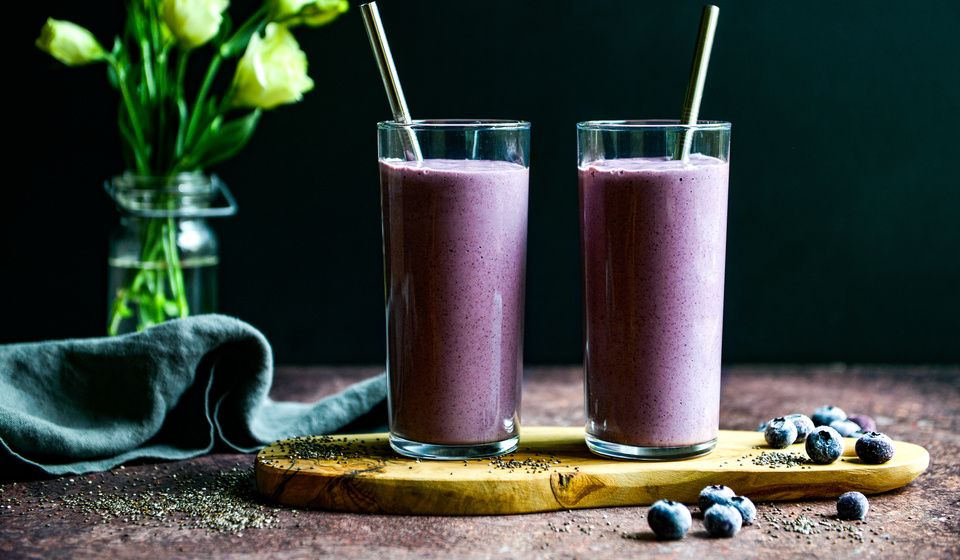
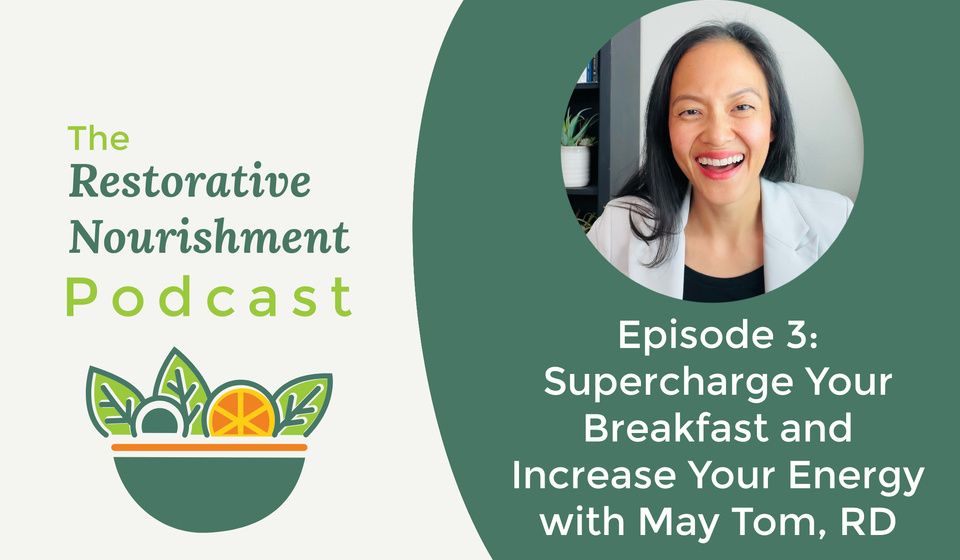
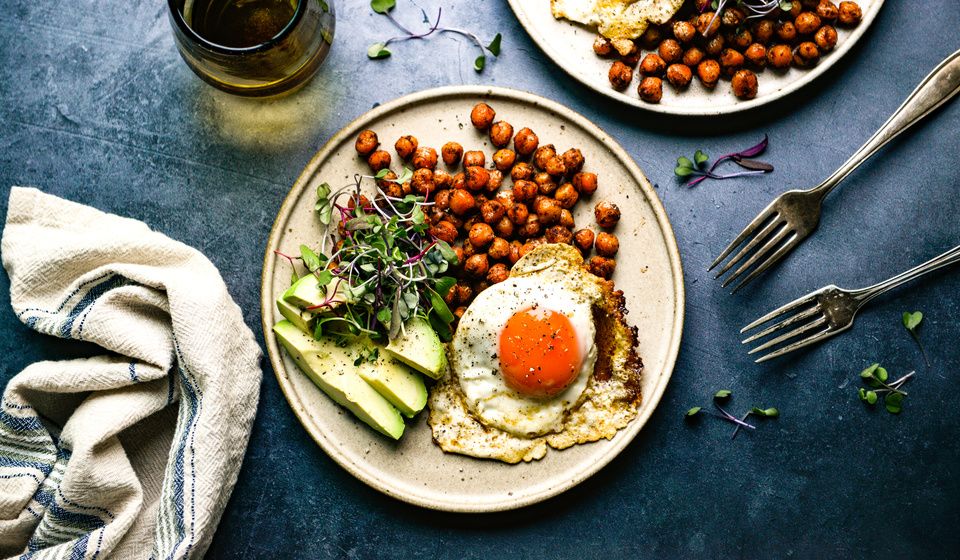
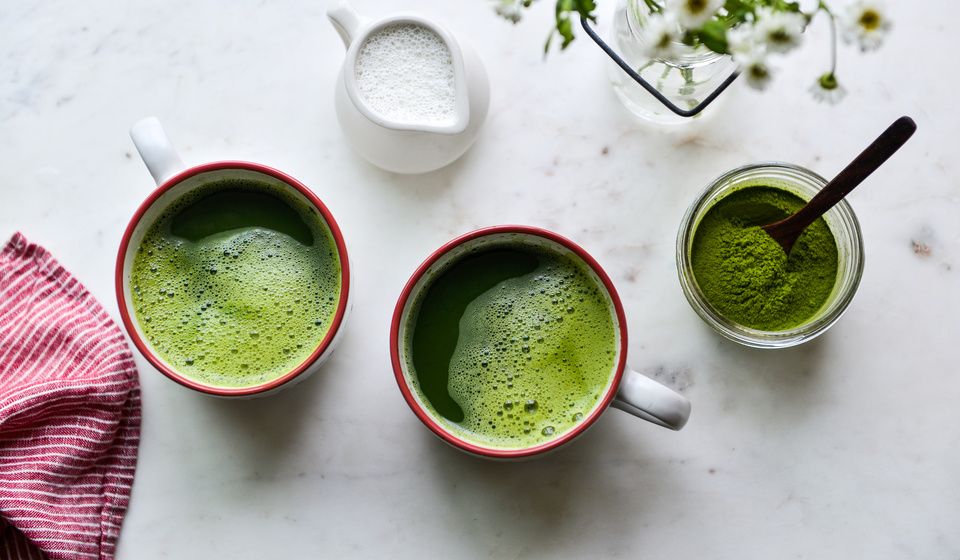
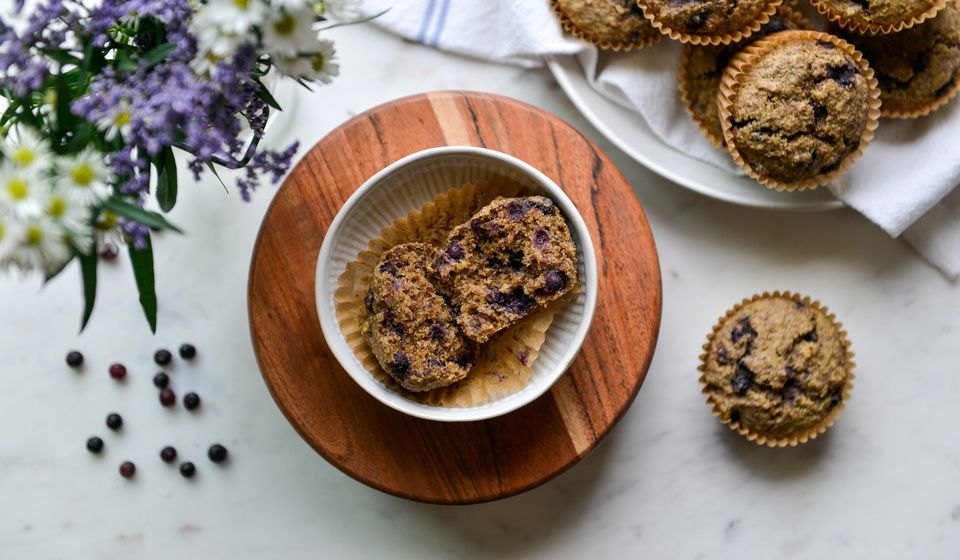
Add Comment